I have a USB-C PD & QC3.0 device. It takes 20V @ 2.25A (45W), or 15V@3A to charge.
I also have a 15V 5A portable charger with a female 5.5mm x 2.5mm output port. I plan to connect the 5.5mm x 2.5mm female output port to the USB-C device via a 5.5mm x 2.5mm-to-USB-C-adapter.

I do not need the fast charge modes. I just want to know : will it charge my device? Will it break my device?
p/s (My portable charger also has other output modes - 12V, 9V, 19V & 5V, I've only used the 5V all this time, curious to try other modes)